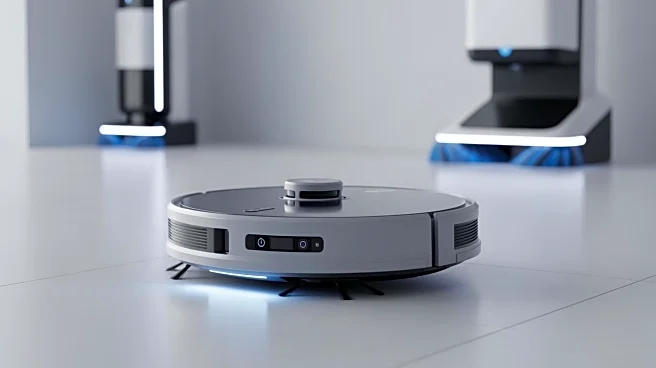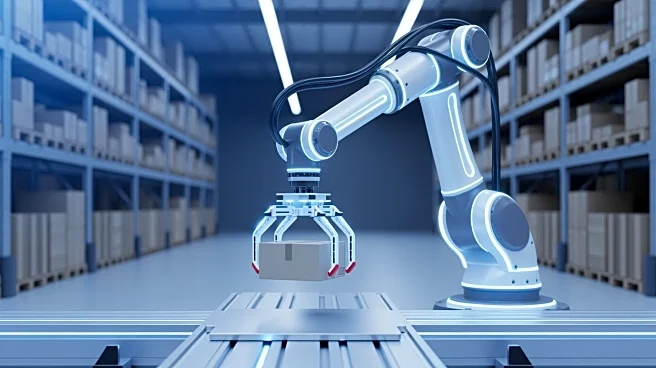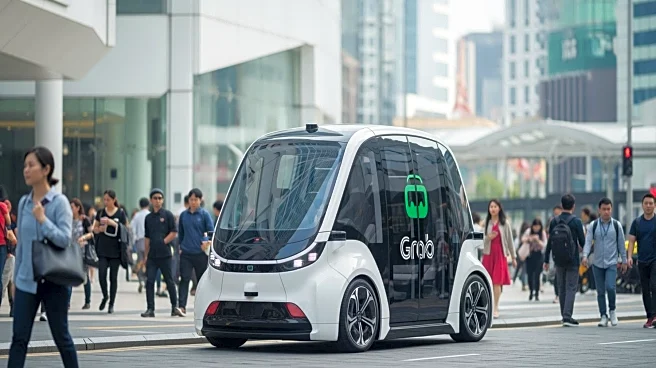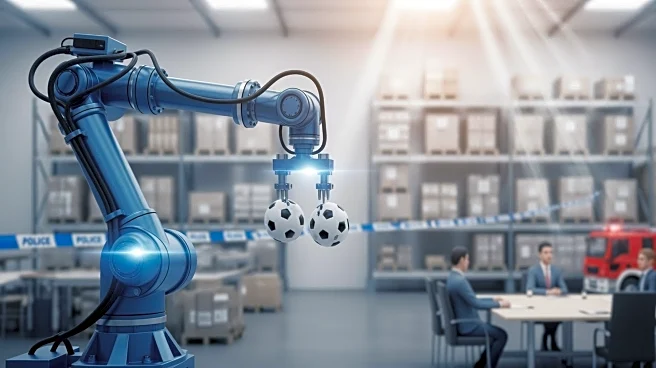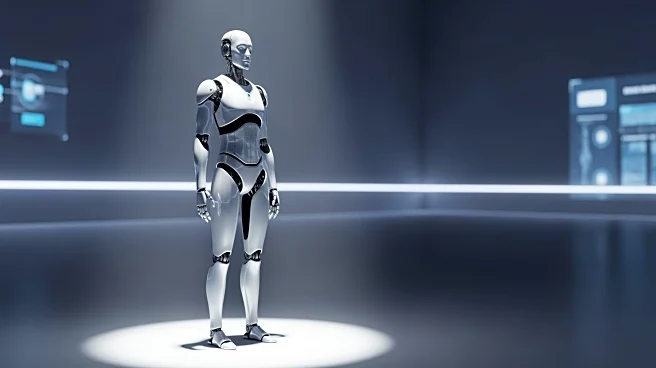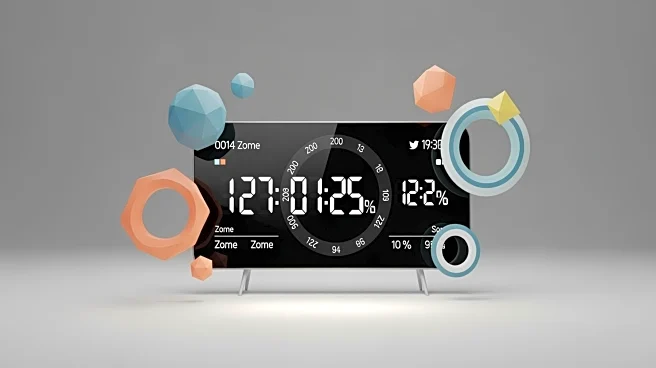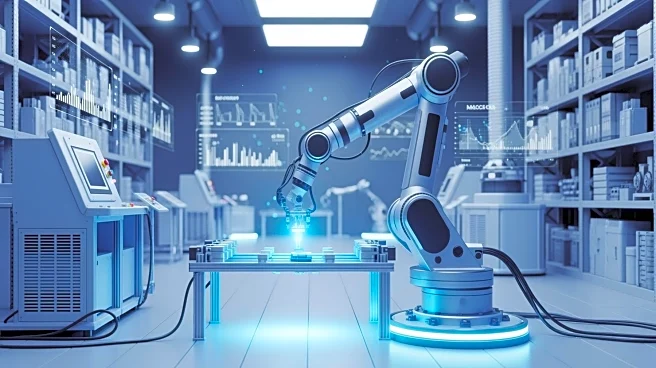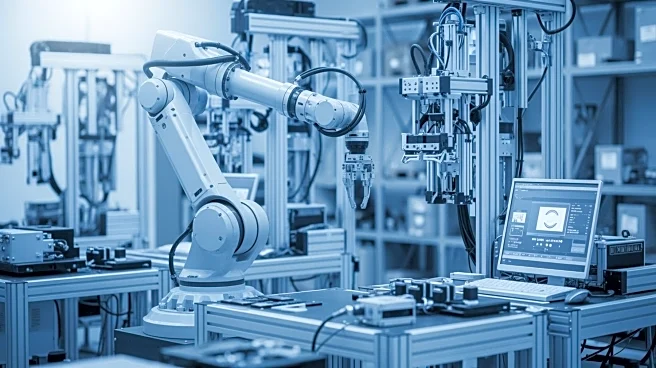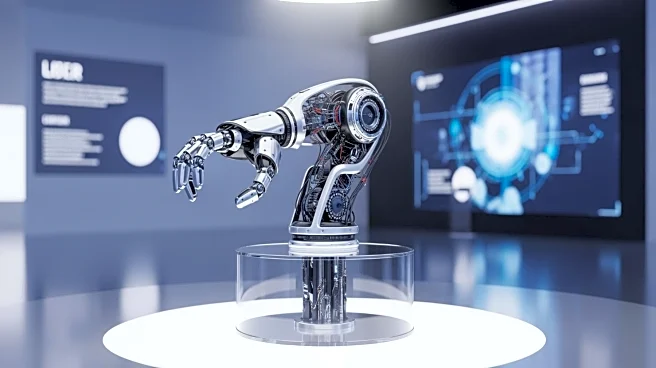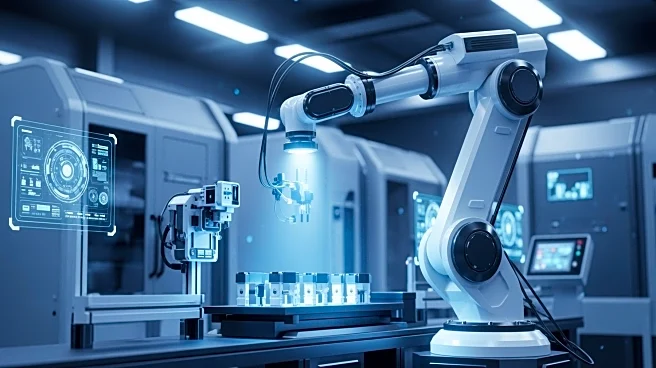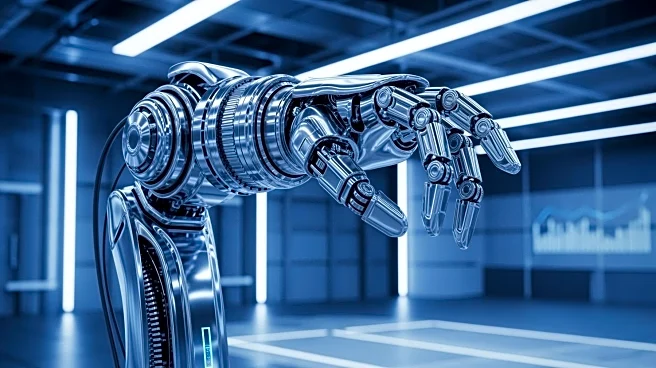What's Happening?
The COVID-19 pandemic significantly accelerated the adoption of cleaning and sanitation robots, transforming them from emergency solutions into permanent fixtures in public hygiene. Initially deployed
in response to the pandemic, these robots have become integral to maintaining cleanliness in public spaces such as airports, hospitals, and malls. The global market for cleaning robots is projected to exceed $15 billion by 2030, with significant growth in the United States and Asia. These robots utilize advanced technologies like lidar, cameras, and AI to navigate and clean environments efficiently. They are equipped with UV-C lamps and electrostatic sprayers for disinfection, and many now include air purification capabilities. Companies like SoftBank Robotics, Gaussian Robotics, and Avidbots are leading the industry, providing solutions for various sectors including healthcare, hospitality, and transportation.
Why It's Important?
The integration of cleaning robots into public infrastructure represents a significant shift in how hygiene is managed, emphasizing technological competence and operational efficiency. These robots address labor shortages in janitorial services and provide consistent, data-driven cleaning solutions. For businesses, they offer a measurable return on investment by reducing chemical use and optimizing resource planning. Regulatory bodies are increasingly recognizing robotic disinfection as part of compliance frameworks, which could influence insurance and certification standards. The adoption of these robots also reflects a broader trend towards automation in labor-intensive industries, potentially reshaping job roles and requiring workforce retraining.
What's Next?
As cleaning robots become more integrated into building management systems, they are expected to evolve into multifunctional service robots, combining cleaning with delivery and inspection roles. This integration will enable predictive cleaning based on real-time data, enhancing efficiency and responsiveness to environmental changes. The continued development of these technologies will likely lead to more autonomous and self-maintaining environments, where buildings can monitor and clean themselves without human intervention. This evolution will further solidify the role of robots in maintaining public health and safety standards.
Beyond the Headlines
The widespread adoption of cleaning robots raises questions about the future of labor in the cleaning industry. While robots augment human teams by handling repetitive tasks, they also necessitate a shift in job roles towards supervision and maintenance. This transition could improve working conditions but requires significant retraining efforts. Additionally, the reliance on robots for public hygiene underscores the importance of technological literacy and infrastructure investment to support these systems. As public perception shifts, the presence of these robots will become a standard expectation in maintaining safe and clean environments.
